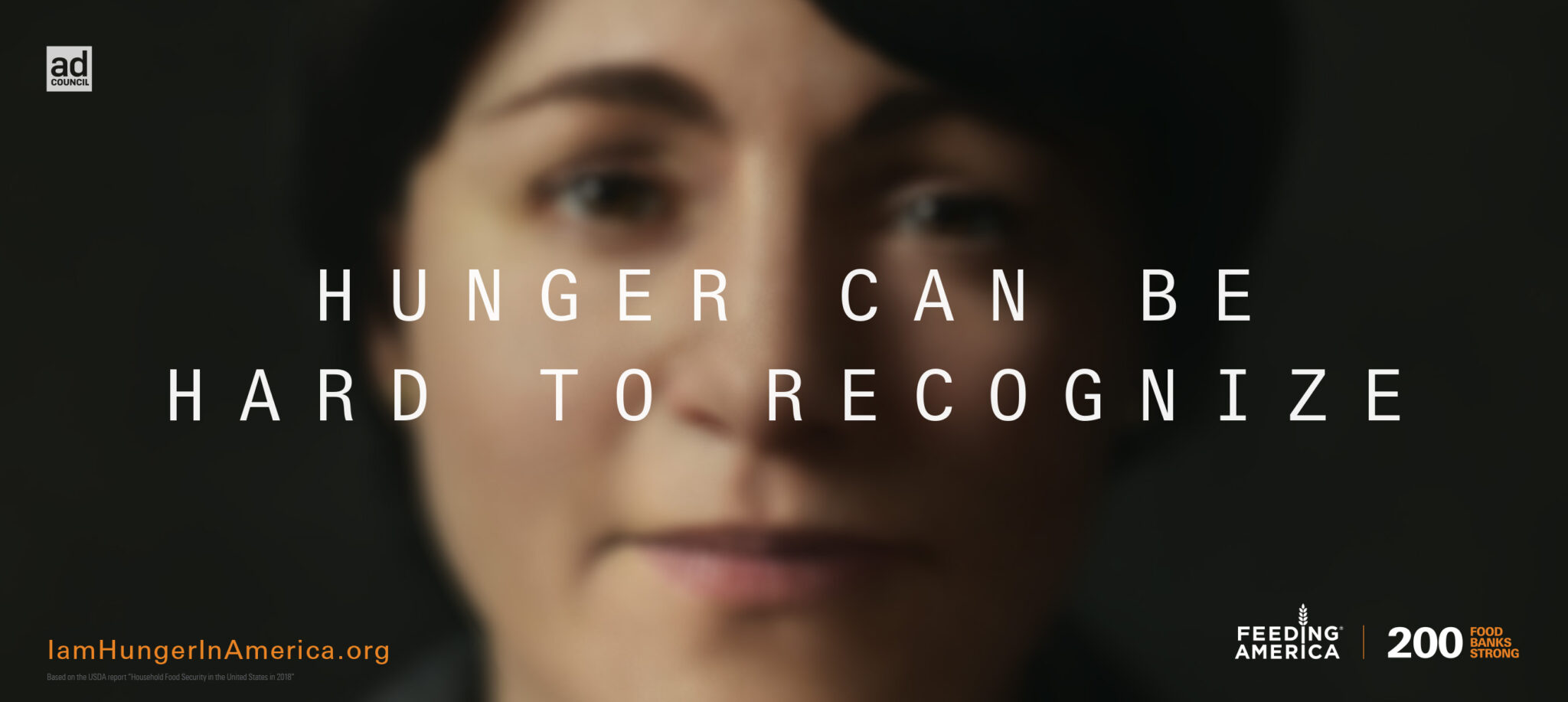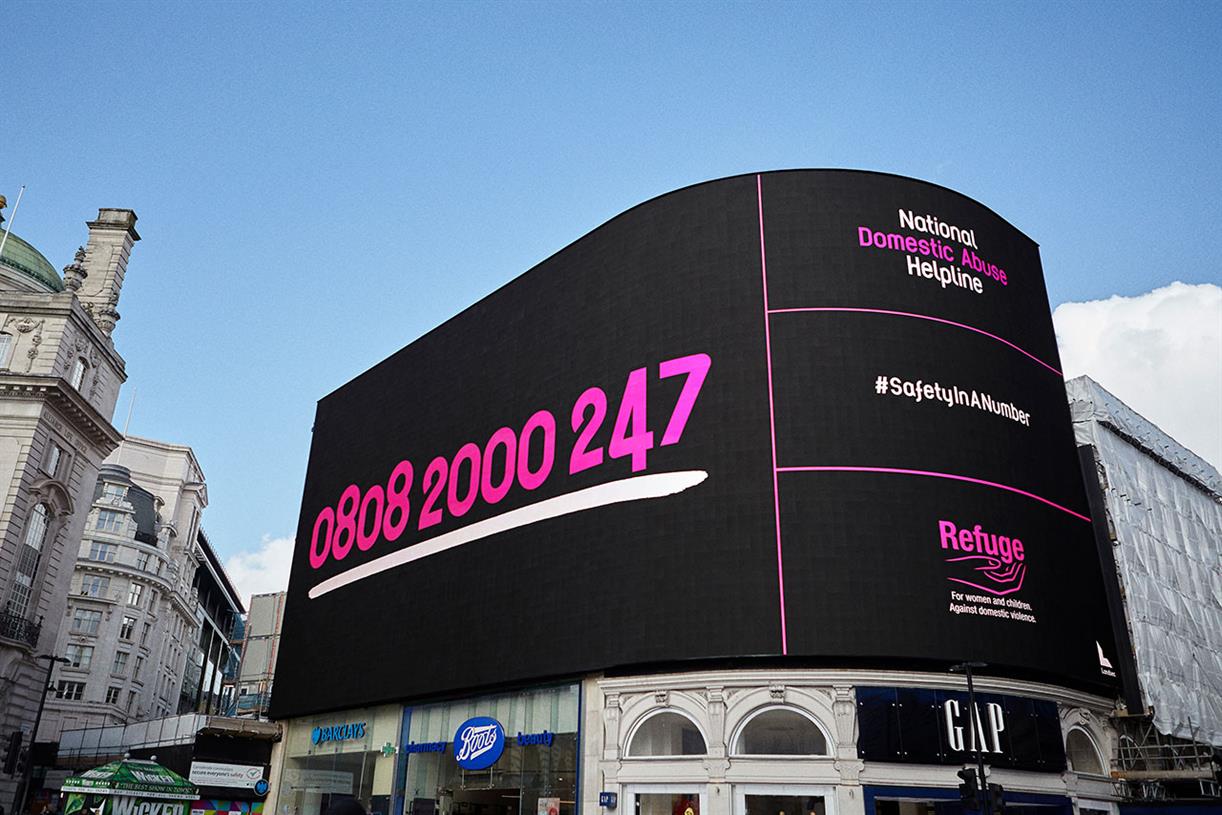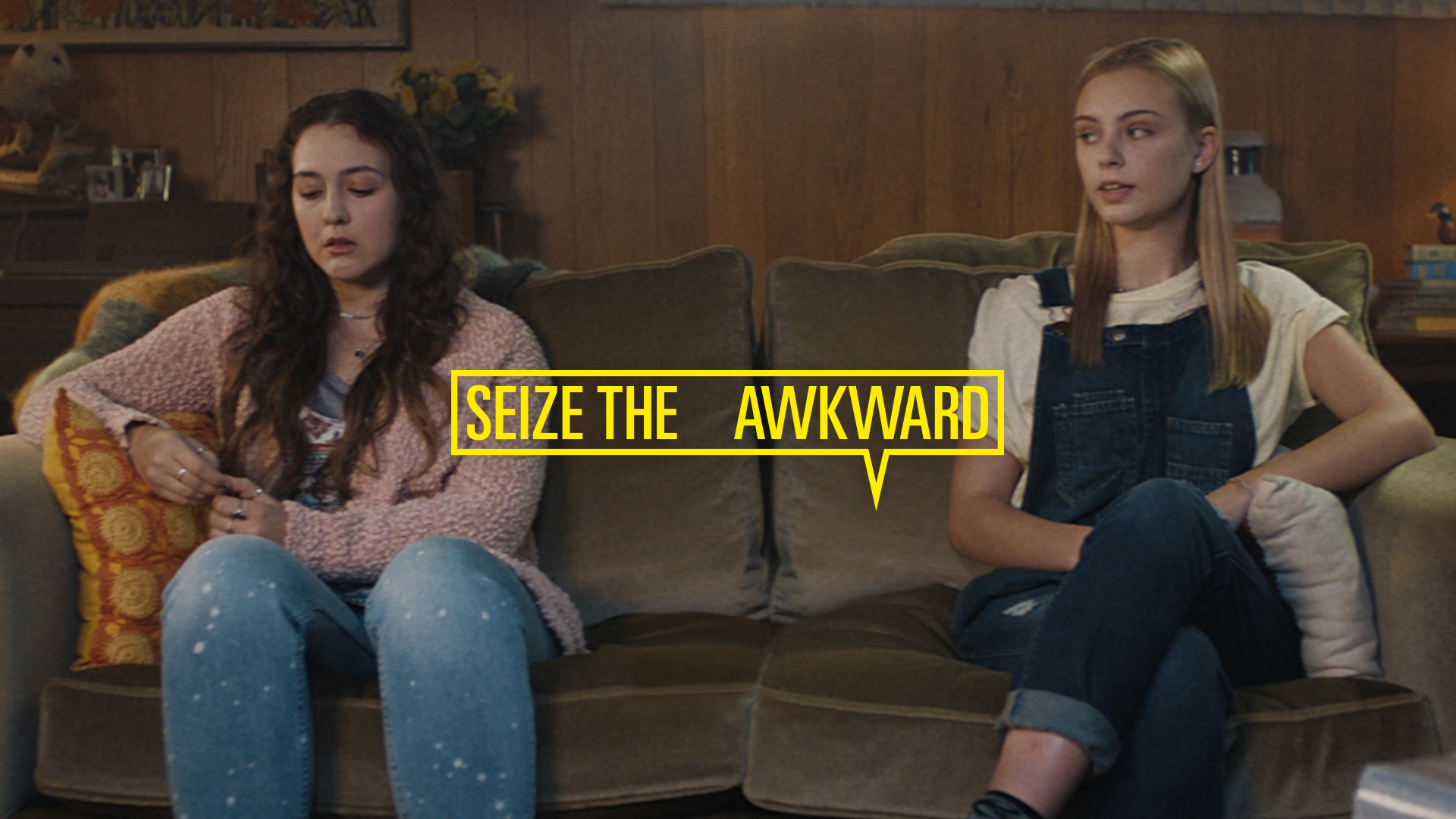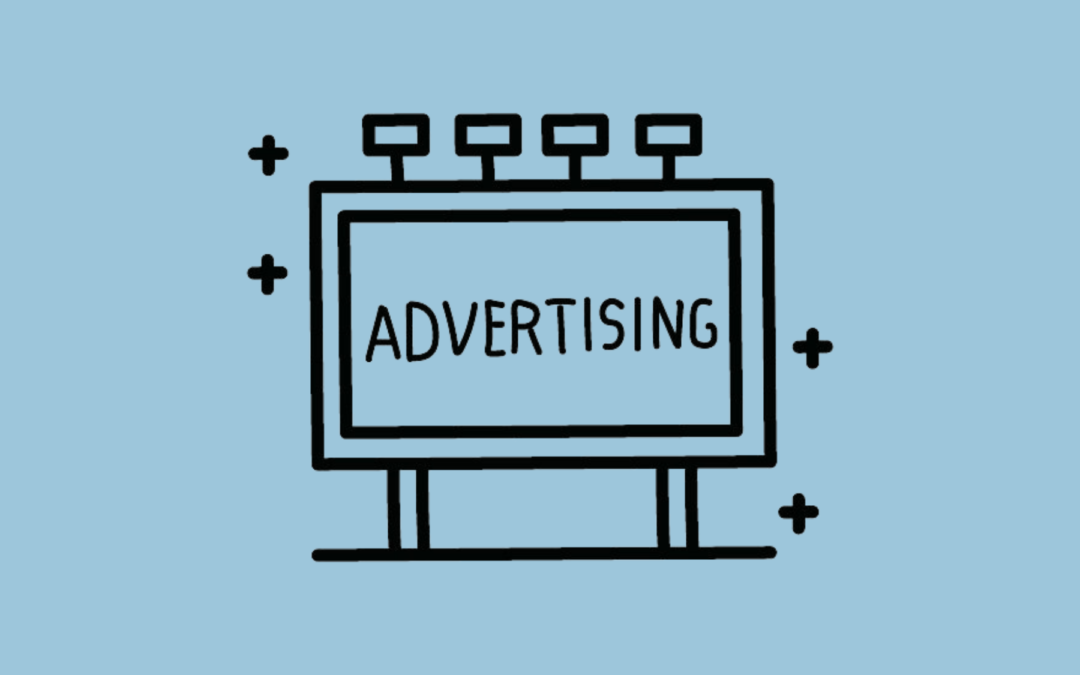Here’s the truth of it: Ultimately, “best” is subjective and depends on criteria like campaign reach, social impact, creative execution, or fundraising success. However, the following examples have consistently appeared on industry shortlists (Cannes Lions, Clio Awards, Ad Council honors) and garnered significant public attention for their causes—making them strong case studies in powerful nonprofit advertising.
These are some of our favorites from the last five years, in no particular order. Then, at the end of this list, we’ll include a few “tips and tricks” that we use in working with our nonprofit partners to create great campaigns.
Girls Who Code — “Make That Change” (2019–Present)
- Organization: Girls Who Code
- Key Theme: Gender gap in tech
- Why It Stands Out:
- Uses pop-culture references, humor, and bright visuals to engage young audiences.
- Highlights success stories of female coders and encourages more girls to join tech fields.
- Demonstrates how nonprofits can use upbeat, aspirational messaging to tackle systemic issues in education and career pathways.

Feeding America — “I Am Hunger in America” (Ongoing; major push around 2019–2020)
- Organization: Feeding America
- Key Theme: Food insecurity
- Why It Stands Out:
- Personal, narrative-driven storytelling showing individuals from diverse backgrounds who face hunger.
- Combines emotional testimonies with data on the pandemic’s impact, highlighting how quickly people can move into food insecurity.
- Encourages both donations and volunteerism; successfully uses a consistent, empathic tone across TV, print, and social media.

Refuge — “#SafetyInANumber” (2020)
- Organization: Refuge (UK-based charity against domestic violence)
- Key Theme: Raising awareness of domestic abuse
- Why It Stands Out:
- Launched during COVID-19 lockdowns when domestic abuse reports spiked.
- The campaign turned something as simple as a phone number into a powerful lifeline; used social media influencers and celebrities to share the helpline number hidden in everyday content.
- Showed how nonprofits can adapt to crisis conditions and leverage digital platforms for high-impact results.

Change the Ref — “The Lost Class” (2021)
- Organization: Change the Ref (founded by parents of a Parkland shooting victim)
- Key Theme: Gun reform
- Why It Stands Out:
- Staged a faux high school graduation for the 3,044 students who would have graduated but were killed by guns.
- Invited high-profile gun rights figures to speak—who only later realized the event’s true nature.
- Widely covered by the press; used shock and subversion to highlight the urgency of gun violence prevention.

The Ad Council & Partners — “Seize the Awkward” (2018–Present)
- Organizations Involved: Ad Council, JED Foundation, American Foundation for Suicide Prevention
- Key Theme: Youth mental health and suicide prevention
- Why It Stands Out:
- Approachable Tone: Uses humor and slightly awkward social situations (e.g., two friends sitting in silence) to illustrate how starting a conversation about mental health can feel uncomfortable—but is vital.
- Pop Culture Tie-Ins: Features YouTubers, influencers, and musicians to speak candidly about anxiety, depression, and the importance of checking in with friends.
- Action-Oriented Resources: The campaign website provides conversation guides, videos, and GIFs to help young people open up to peers struggling with mental health issues.

Tips for Creating Great Nonprofit Ad Campaigns
Emotional Hook + Clear Purpose
Successful nonprofit ads typically zero in on a single emotional throughline—hope, anger, empathy, urgency—paired with a direct call to action.
Visual & Narrative Innovation
Many standouts repurpose familiar advertising tropes (e.g., back-to-school ads, graduation ceremonies) to heighten impact and subvert viewer expectations.
Use of Tech & Social Media
Campaigns that cleverly leverage social media, AI, or viral content strategies often reach younger audiences more effectively.
Authenticity & Credibility
Because they often deal with sensitive or urgent social issues, these ads need a strong sense of authenticity—real people’s stories or transparent data—to build trust and inspire action.
Contextual Relevance
Some of the most powerful nonprofit ads of recent years responded to timely events or crises (e.g., gun violence incidents, COVID-19 lockdowns), capturing public attention at a moment of heightened awareness.

